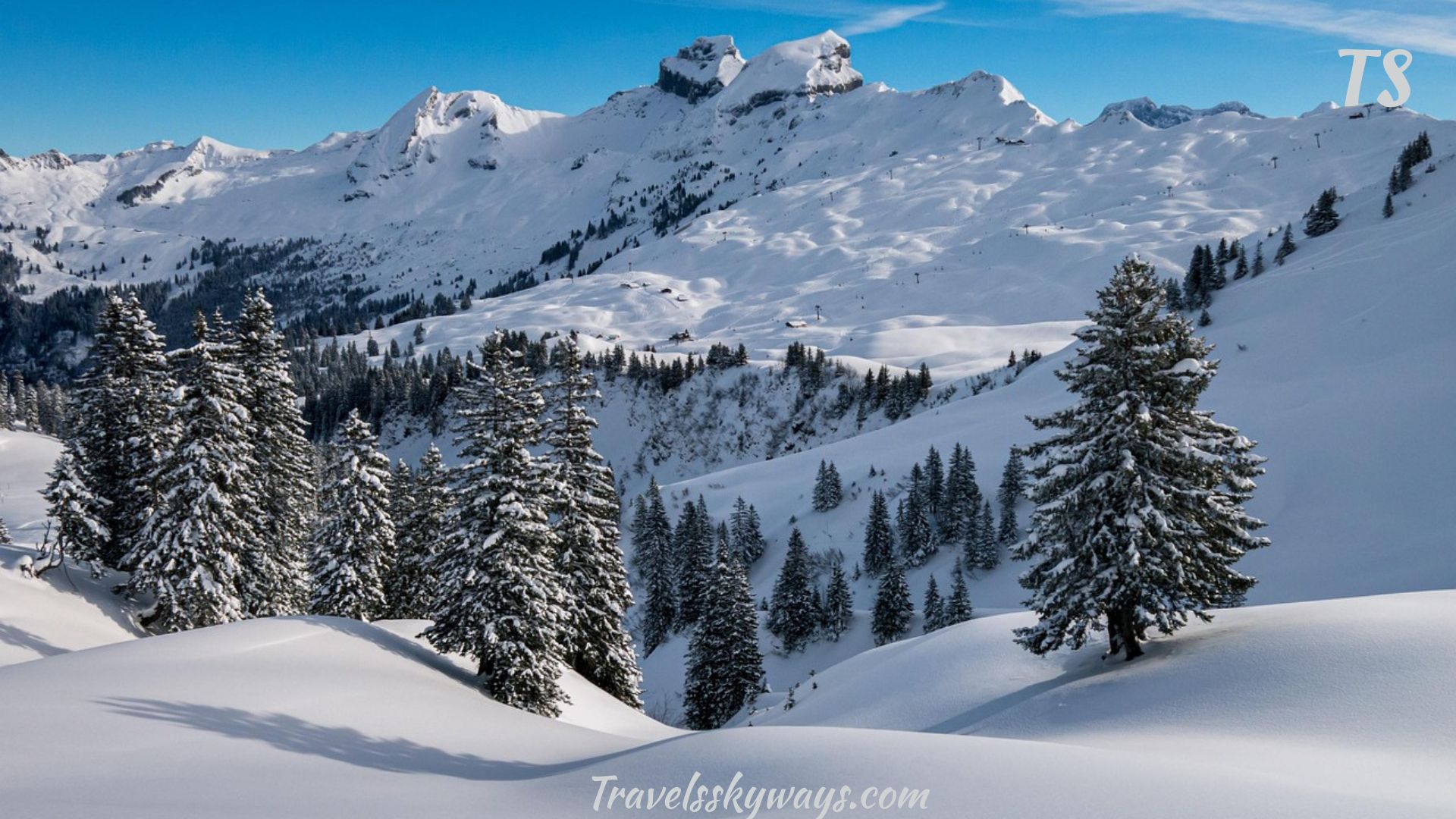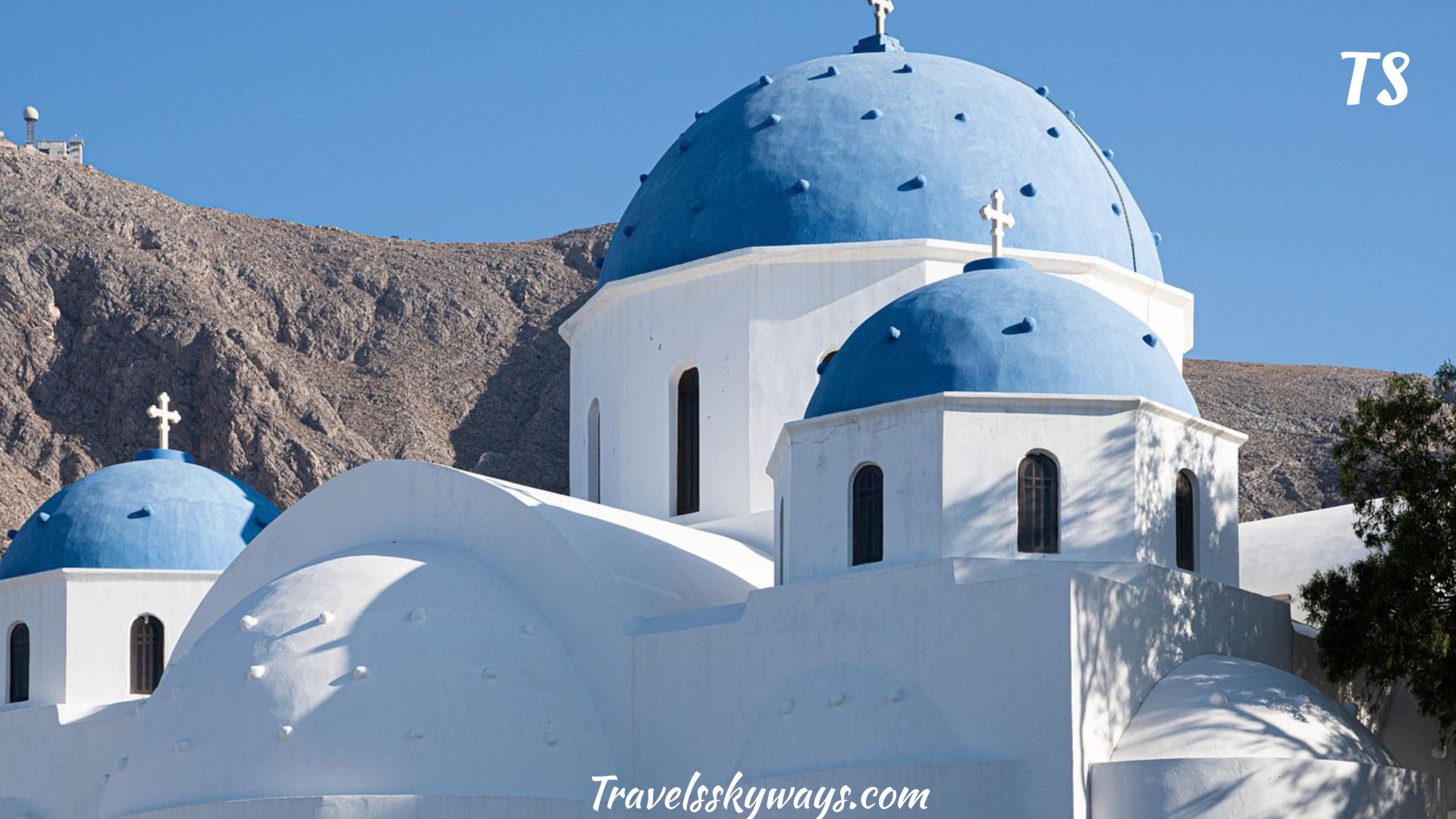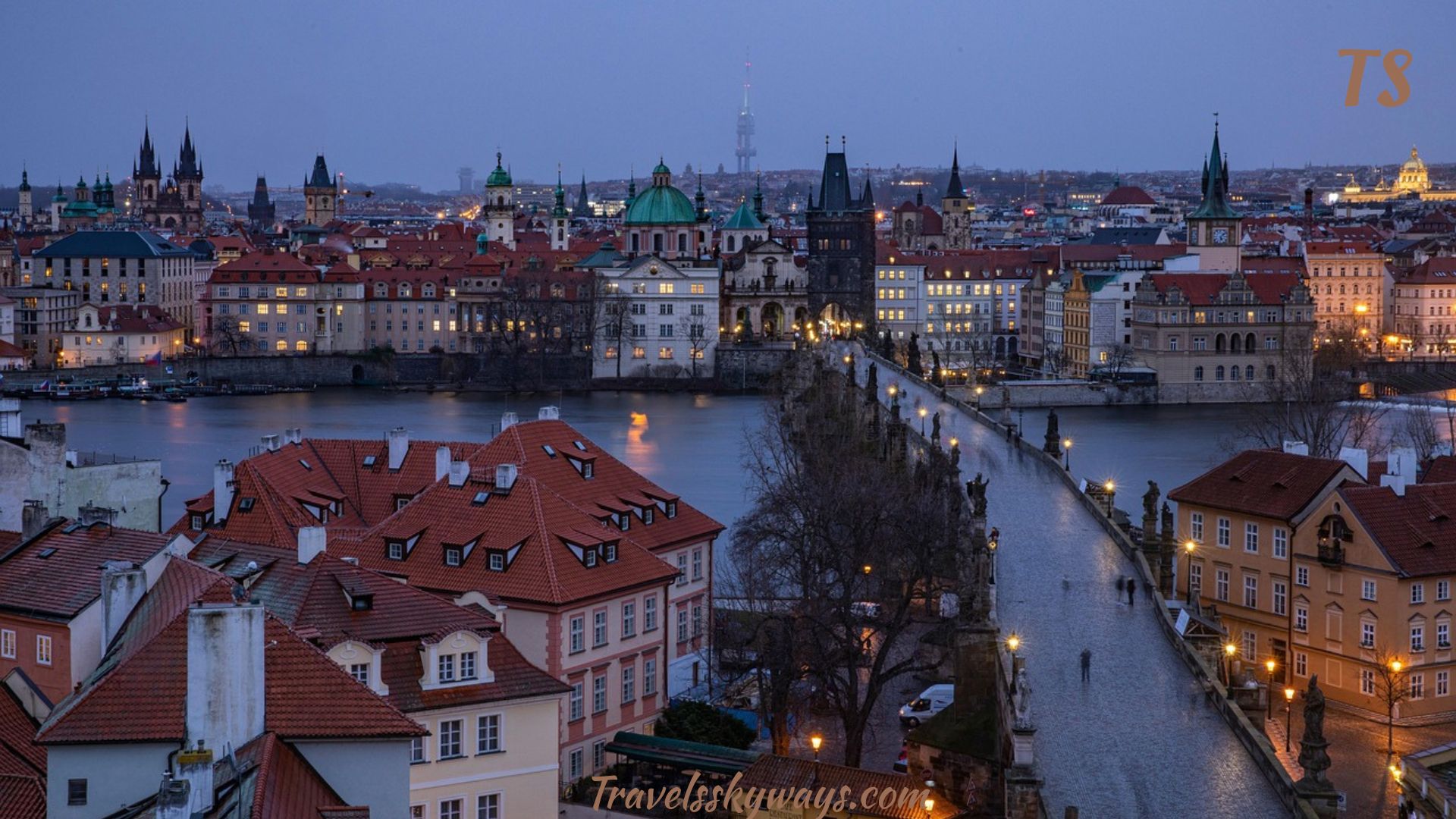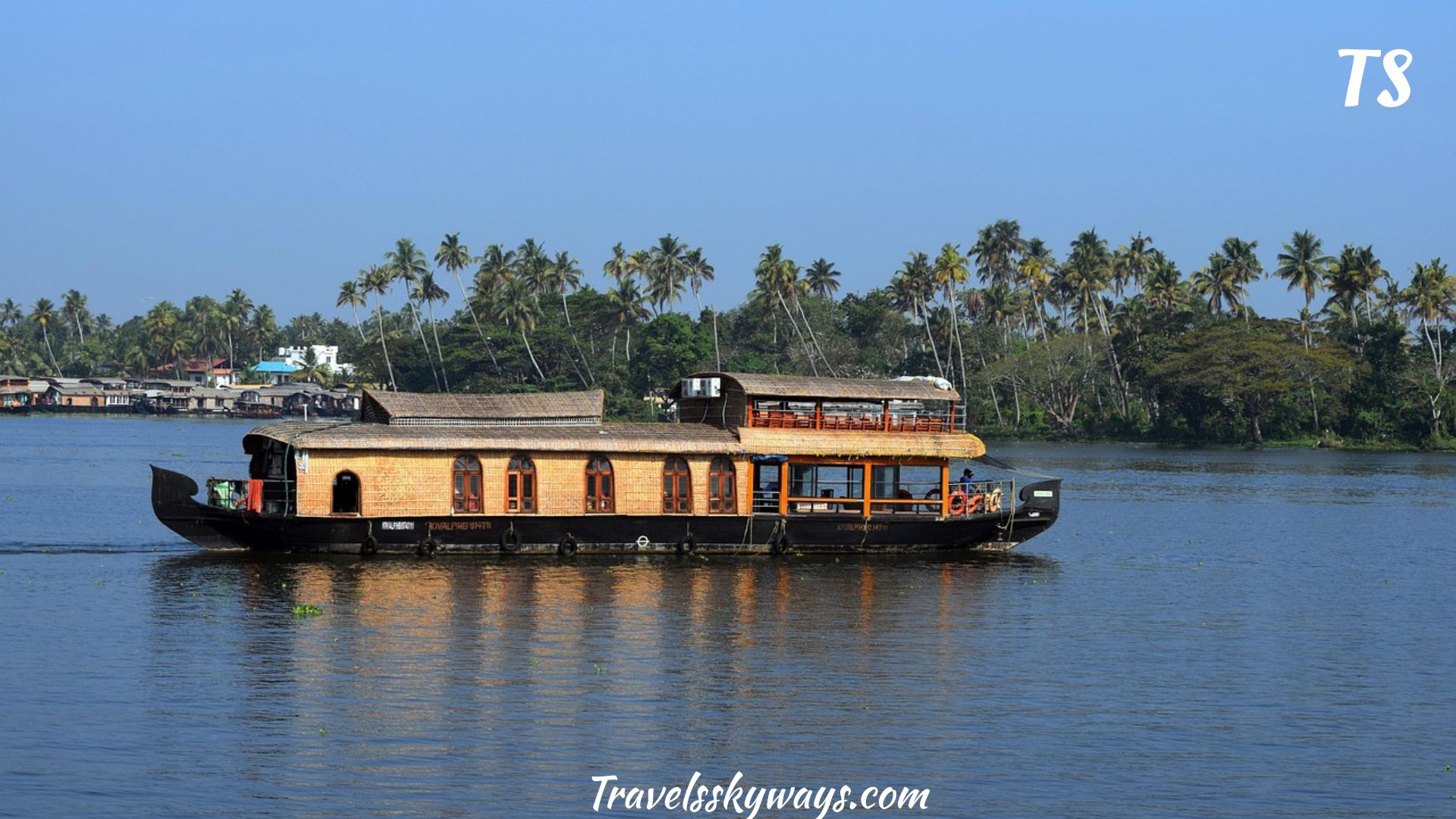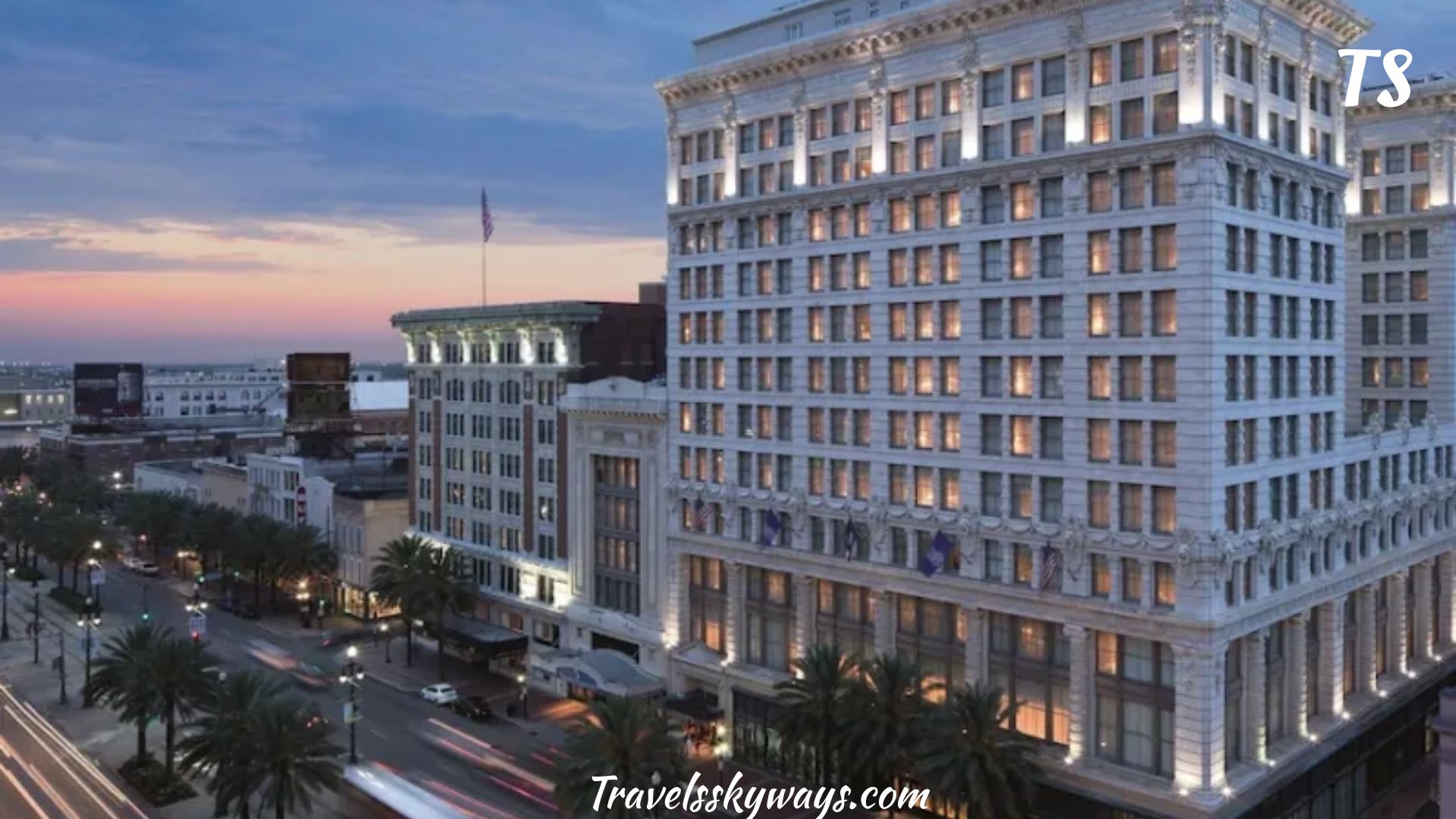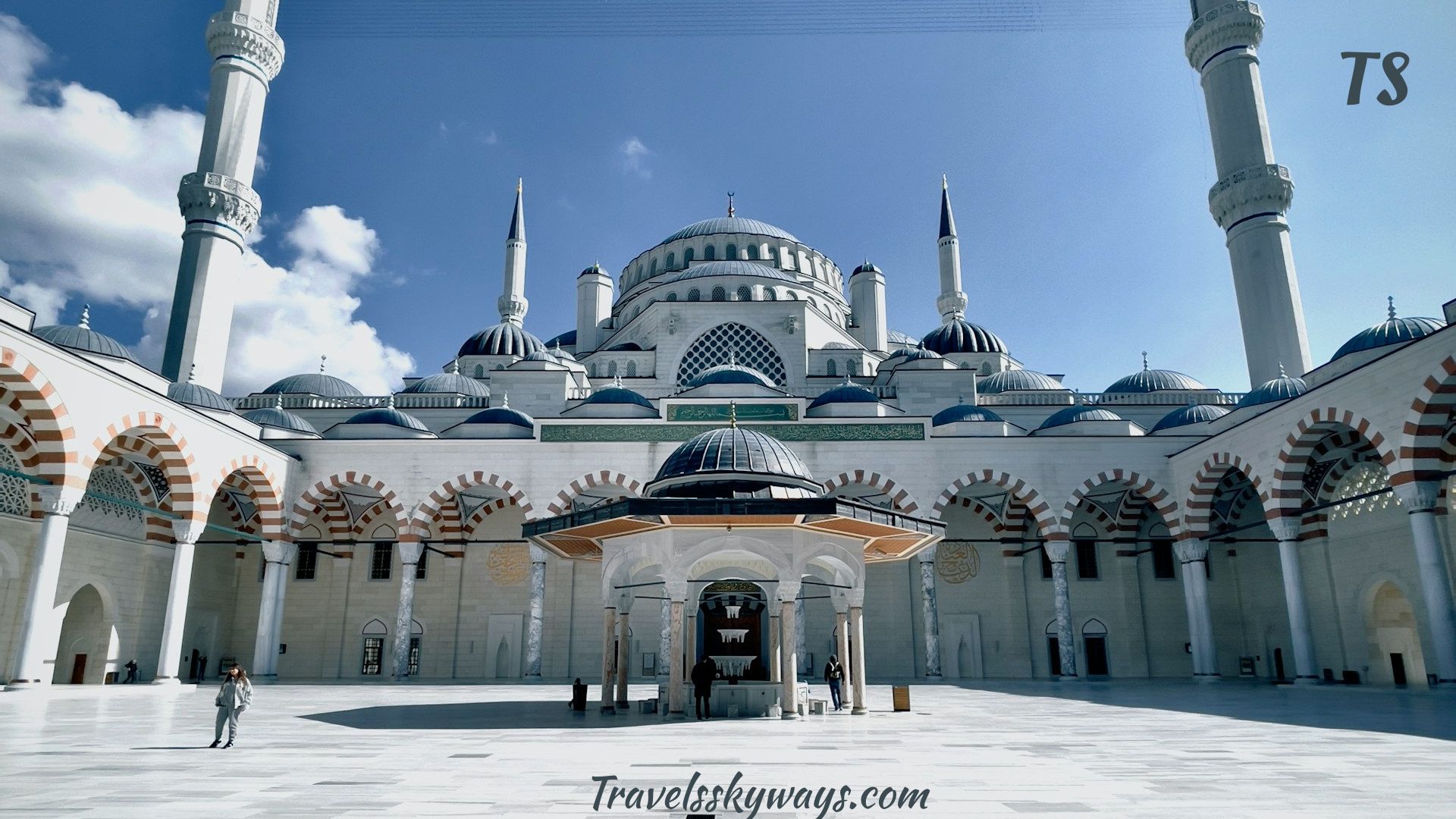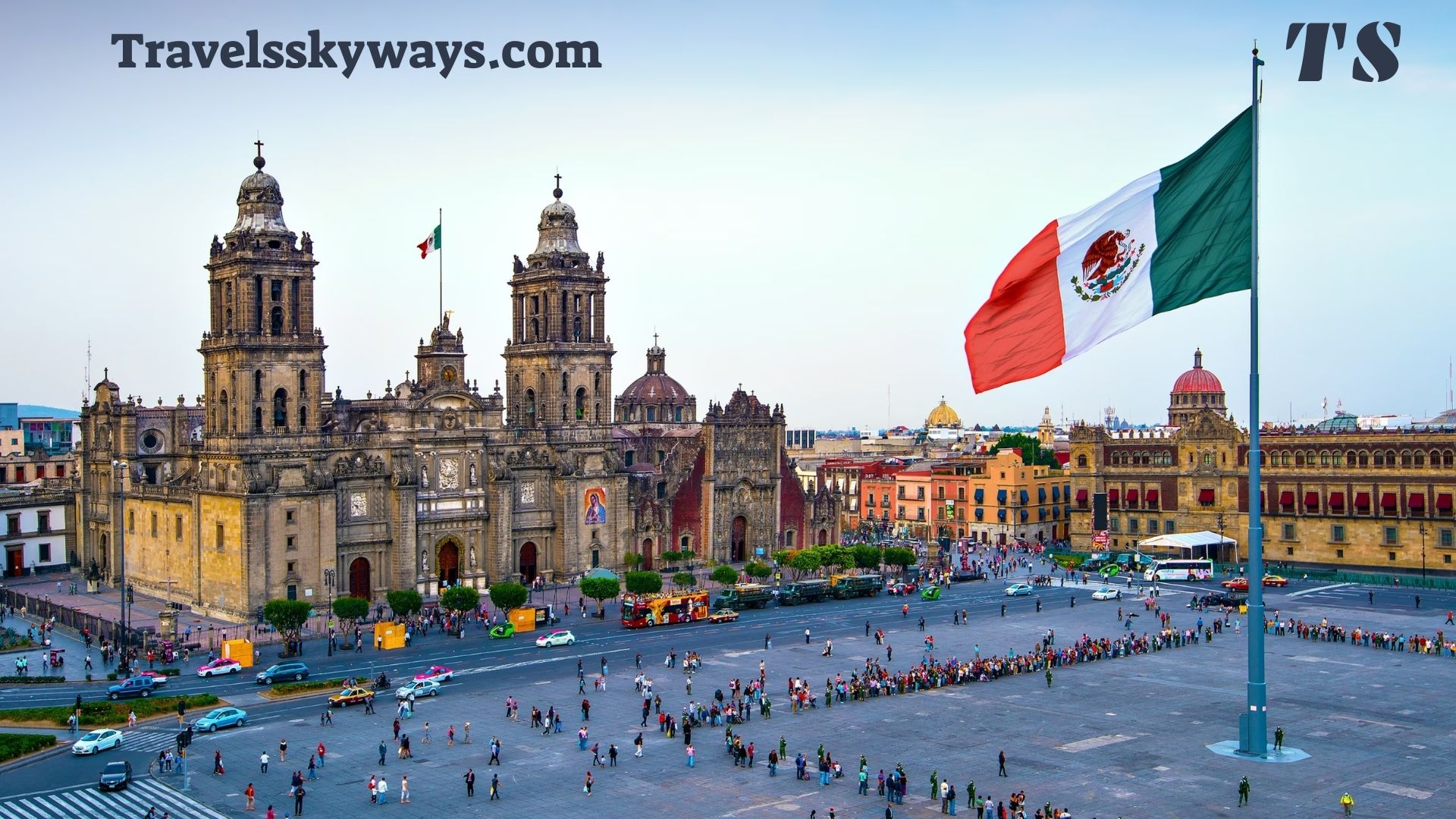
Hungry for culture, color, and incredible cuisine? This Mexico City Travel Guide 2025 brings you all the best things to do, eat, and discover in the electrifying CDMX. Delve into a city where every street tells a story, and every bite promises an adventure.
Mexico City Overview & General Attractions
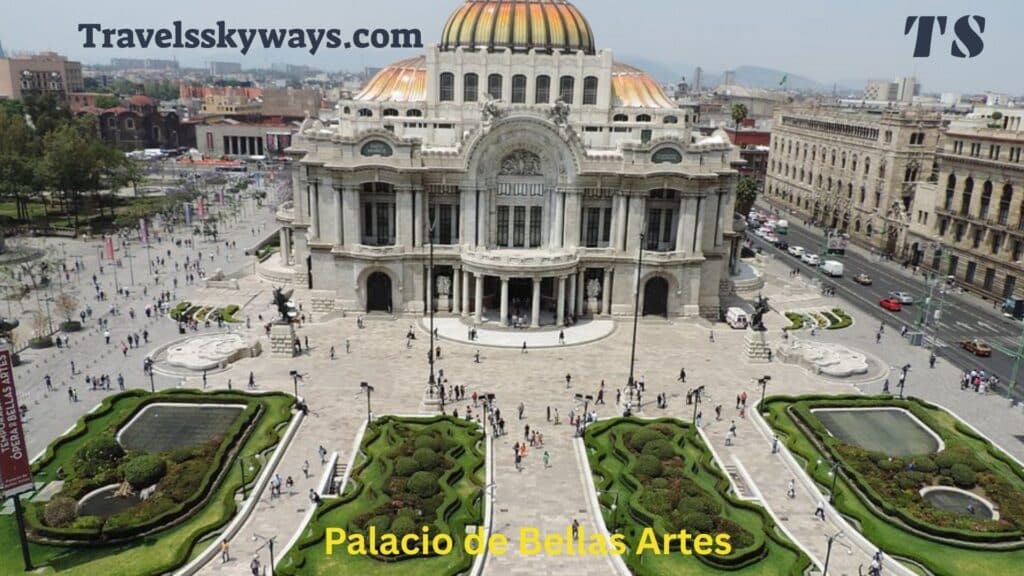
Dramatic world-class museums, ancient ruins, or active public plazas-Mexico City knows how to interest every explorer; it boasts of some marvelous highlights from the rich cultural mosaic of the country:
- Palacio de Bellas Artes – A marvelous blend of Art Nouveau and Art Deco architecture, this venue hosts concerts, art exhibitions, and the famous Diego Rivera murals.
- Chapultepec Park – Park Chapultepec is by far the greatest urban park in the world-it has museums, lakes, a zoo, and the old castle of Chapultepec.
- Zócalo (Plaza de la Constitución) – Zócalo (Plaza de la Constitución) is, historically, the gathering point of the city and a public square, bordered by the National Palace and Metropolitan Cathedral, which could be regarded as the center of the city.
- Templo Mayor – Most exciting archaeological site and a museum, worth the visit, simply because it not only has most of the remnants of an ancient Aztec temple but also is located in the very downtown.
- Museo Frida Kahlo (Casa Azul) – Bright and colorful, this house museum is dedicated to the life of the immensely devoted artist, Frida Kahlo, and to the most widely known artist from Mexico.
- Xochimilco Canals – Enjoy traine/winemakers floating through canals-which are little more than traces of the pre-Hispanic waterway city.
- Museo Nacional de Antropología – It is an essential place to visit for history lovers, surely they have concentrated in their halls among the most well-known collections of Mesoamerican artefacts.
- Coyoacán Market – This is the market where people go to sunbathe, locals use it for traditional colorful tastings and shopping, which bursts with color and flavor-and handmade crafts.
- Torre Latinoamericana – It once stood at its height in Latin America, but it continues to bestow one of those beautiful panoramas of the skyline from the observation deck.
- Alameda Central – An old public park near Bellas Artes, this park is wonderful for strolling or people-watching at the same time-in a Whirl of fountains and sculptures.
Is Mexico City Safe for Tourists in 2025?
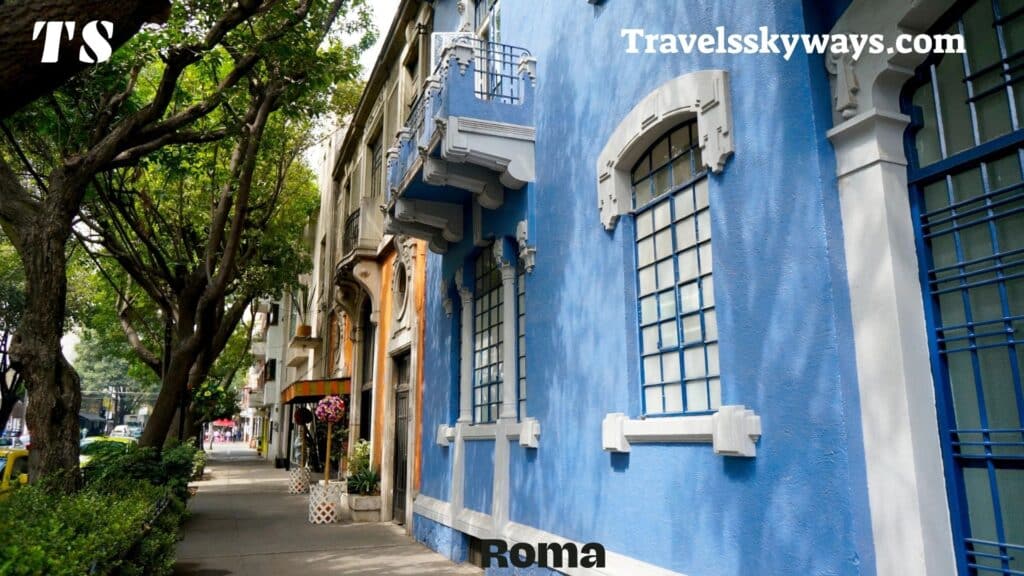
Already, millions worldwide flock to Mexico City every year, such that many find it reasonably safe for tourists’ visits, provided the usual precautions are taken. Here are some considerations for safety in 2025:
- Stick to well-known neighborhoods like Roma, Condesa, Coyoacán, and Polanco
- Use official ride apps instead of hailing street taxis
- Avoid walking alone at night, especially in unfamiliar or poorly lit areas
- Keep valuables hidden or at your hotel when exploring crowded areas
- Check local advisories and ask hotel staff for area-specific advice
Mexico City Travel Safety Tips for Visitors
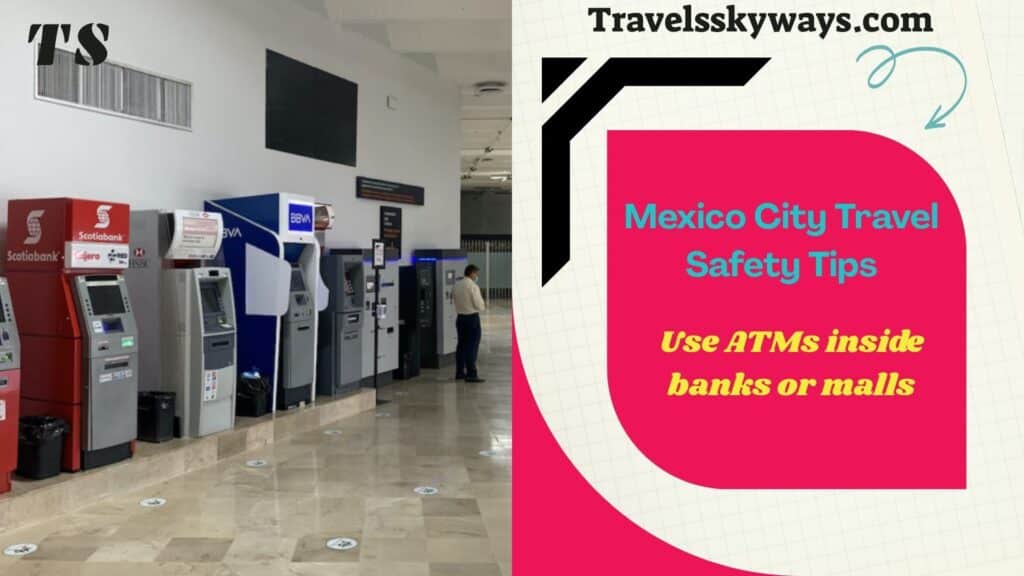
It is more situational awareness and smart planning that would ensure safety in CDMX with these safety travel tips, so enjoy them for a worry-free experience:
- Use ATMs inside banks or malls rather than on the street
- Carry small amounts of cash and avoid flashing expensive items
- Stay alert in crowded places like markets or the metro
- Learn a few basic Spanish phrases in case of an emergency
- Keep a digital and paper copy of your passport and travel insurance
Best Ways to Get Around Mexico City
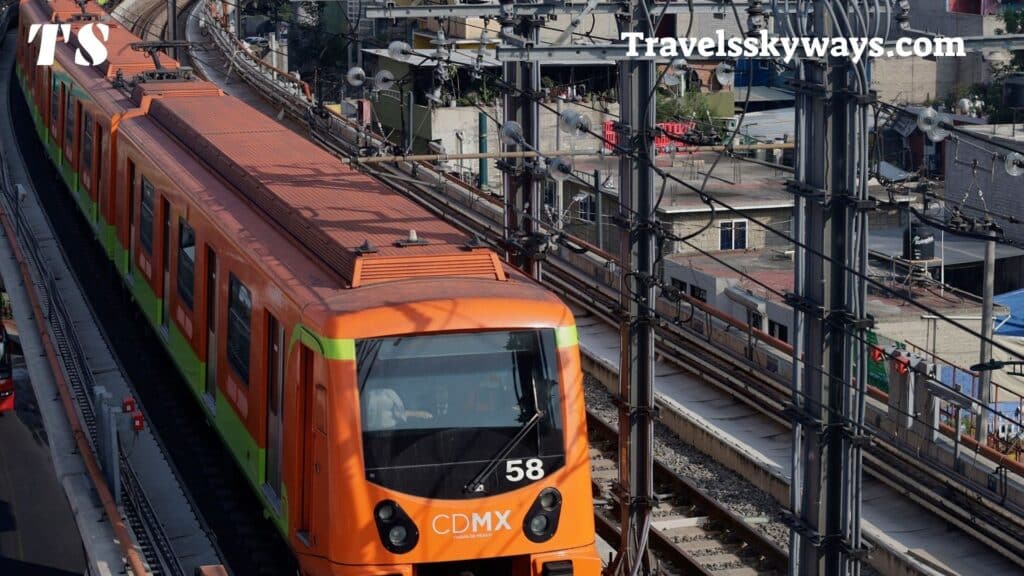
Grandly sprawling city, yet traveling through it with all modes of transport at your disposal isn’t all that difficult because this is how to travel within:
- Uber and Didi are the most convenient and tourist-friendly options
- The Metro system is fast and cheap, but crowded during rush hours
- EcoBici (bike-share system) is great for short urban rides
- Walking is ideal in neighborhoods like Roma, Condesa, and Centro
- Taxis should be called by app or hotel, not flagged on the street
CDMX Metro, Bus, and Ride App Guide
Public transport in Mexico City is vast yet cheap. A very brief guide to its navigation while being safe and efficient:
- Metro fare is about $5 MXN (under $0.30 USD) per ride
- Metrobús offers bus-only lanes and works on the same prepaid card as the metro
- Ride-hailing apps like Uber, Didi, and Cabify are widely used
- Avoid rush hour on public transit (7–9 AM and 6–8 PM)
- Purchase a Metro card for easy access to multiple transport options
Best Time to Visit Mexico City Weather-Wise
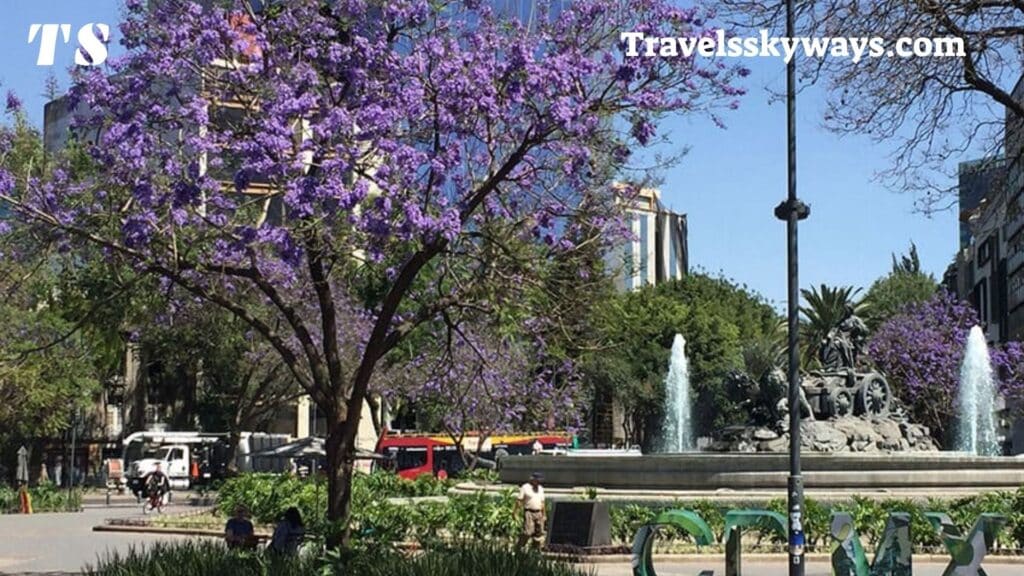
Mexico City has a mild climate all year, although some months are better fit for tours than others. Here, then, is the best time to visit:
- March to May offers sunny, dry weather—ideal for outdoor exploration
- September to November features cooler temps and fewer tourists
- June to August is the rainy season—expect afternoon showers
- Winter months (December–February) are cooler but still pleasant
- Avoid major holidays if you prefer lighter crowds and cheaper prices
Mexico City Weather by Month and Season
If you know what the seasonal changes in Mexico City are, then you can plan a perfect long itinerary for your trip. Here is a quick breakdown, month to month:
- January–February: Cool mornings, sunny afternoons (great for museums)
- March–May: Warm, dry, and busy—peak tourist season
- June–August: Rainy afternoons, humid air—pack an umbrella
- September–November: Fresh air, green parks, ideal for walking tours
- December: Festive season, cool and crisp with fewer rains
How to Pack for Mexico City Weather

It works best when packing for the weather in Mexico City; otherwise, it all depends on the season. Here are the essential things you need during your trip, making it comfortable but stylish:
- Light jackets or sweaters for cool mornings and evenings
- Comfortable walking shoes for cobblestone streets and long strolls
- Compact umbrella or rain jacket if visiting June–August
- Sunscreen and sunglasses for high-altitude UV exposure
- Scarf or shawl for style, warmth, and modesty in religious sites
Where to Stay in Mexico City Safely
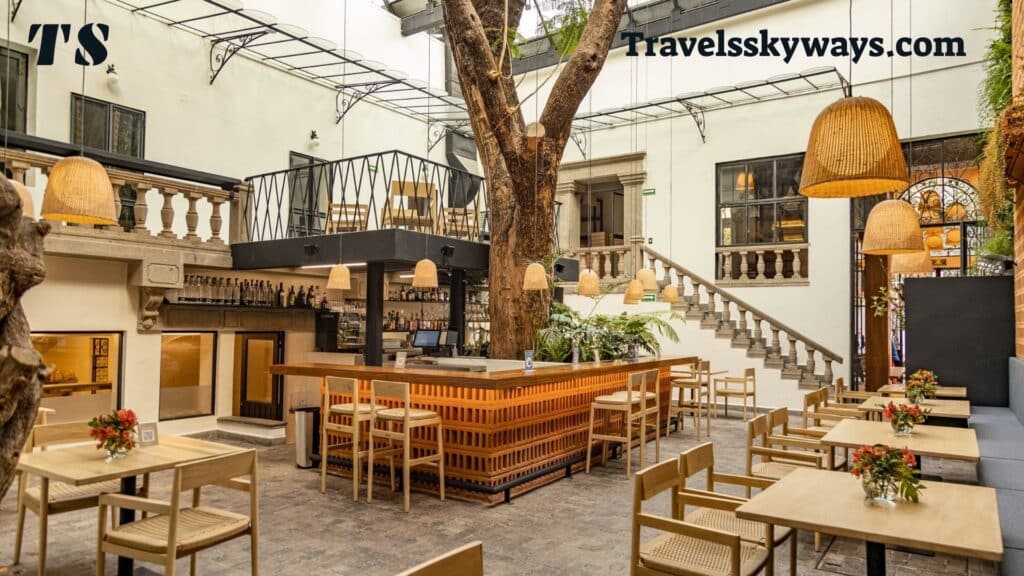
Choosing a neighborhood has a significant impact on a visitor’s safety and travel experience. The following is a sample highlighted list of the friendliest, most tourist-centric, and safest areas:
- Roma Norte and Condesa – Trendy, walkable, and full of cafes and parks
- Polanco – Upscale and secure, with luxury hotels and museums
- Coyoacán – Artsy, historic, and relaxed with a local vibe
- Centro Histórico – Central and cultural, though busier and noisier
- Avoid staying far east or north of the city unless visiting locals
Luxury and Budget Hotels in Mexico City
Mexico City has a variety of accommodation for all budgets-from never-seen-before luxury to cheap hostels. Here’s a quick guide:
- Luxury: Stay at Four Seasons, St. Regis, or Las Alcobas in Polanco
- Boutique: Try Hotel Carlota, Casa Goliana, or Nima Local House Hotel
- Budget: Consider Selina, Hostel Home, or Casa Pepe for low-cost, stylish stays
- Mid-range: Hotels like Hotel Geneve or Zócalo Central offer value and charm
- Always check reviews for safety, cleanliness, and location before booking
Must‑See Attractions That Define Mexico City
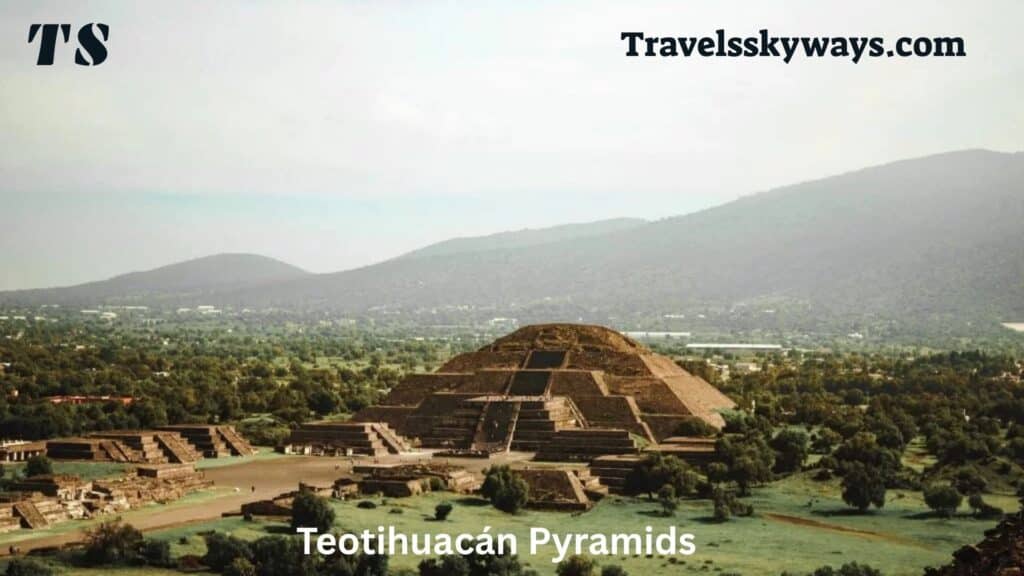
Teotihuacán Pyramids
- Stand on ancient stones where civilizations once thrived
- Climb the Pyramid of the Sun or Moon for panoramic views
- Experience the grandeur of Mesoamerican architecture
Frida Kahlo Museum (La Casa Azul)
- Step inside Frida’s iconic blue house in Coyoacán
- Explore personal artifacts, paintings, and diaries
- Feel the emotion and heartbreak that shaped her art
Palacio de Bellas Artes
- Marvel at stunning marble interiors and grand murals
- View works by artists like Diego Rivera and Rufino Tamayo
- Attend a folklore ballet or opera in an architectural masterpiece
Mexico City’s Museums in General
- Go beyond aesthetics—art here tells Mexico’s story
- Museums serve as reflections of identity, resilience, and culture
- Each gallery invites introspection, connection, and awe
Top Things to Do in Mexico City
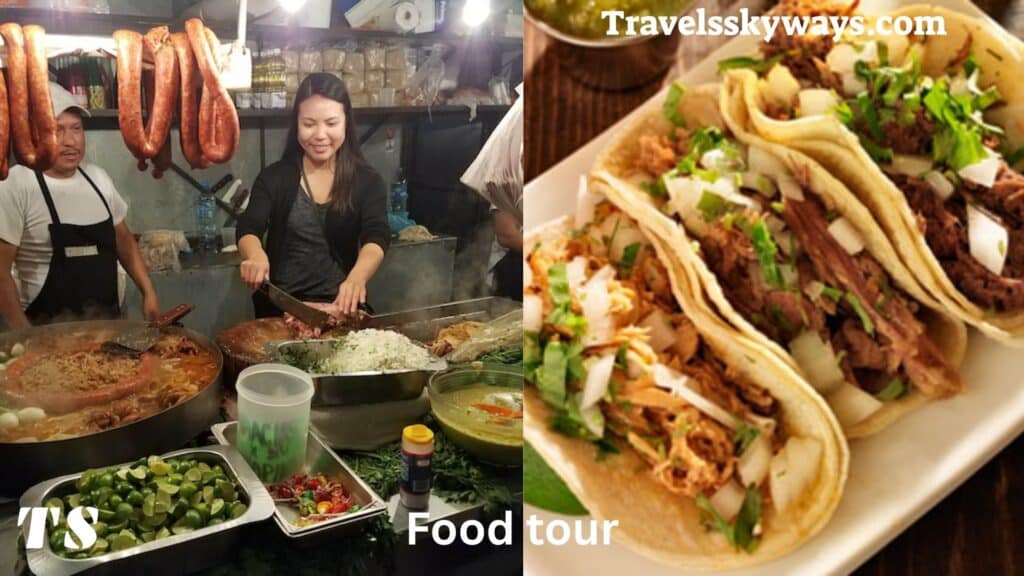
Mexico City can satiate any experience-from world-class dining and the most colorful midnight rides through canals. Here are some things to do that really make your soul come alive in CDMX:
- Join a guided food tour – Taste how locals put together their taco stands, tamale vendors, and other hidden gems shared only among themselves.
- Dine at world-renowned restaurants – Make it obligatory to visit and sample food from all those internationally renowned restaurants–Make a reservation at Pujol, Quintonil, or Contramar, and your reservation will certainly guarantee you a modern interpretation of traditional Mexican cuisine.
- Snack your way through street food legends – One of its Michelin shines is its Taquería El Califa de León, which could be followed by churros late into the night at El Moro.
- Explore Roma Norte & Condesa – They will give you leafy lanes where cafes, craft boutiques, art galleries, and parks are watching the world go by.
- Cruise the Xochimilco Canals – Book a bright trajinera. Stuff it with food and music, then float over these waters with a UNESCO designation in its name.
- Visit Museo Frida Kahlo (Casa Azul) – Visit this small but artful abode of Frida Kahlo situated inside the beautiful Coyoacán.
- Take in panoramic views from Torre Latinoamericana – Ride up to the Torre Latinoamericana, where stunning views await-Catch great city views from some of the tall towers of CDMX.
- Shop and snack at Mercado de San Juan – This is heaven for foodies because it has a lot of exotic ingredients, gourmet goods, and genuine local eats.
- See murals by Diego Rivera – Go either to Palacio Nacional or Secretaría de Educación Pública to check this historic art, and you won’t regret it.
- Unwind in Chapultepec Park – Row a boat, visit the zoo, or tour Chapultepec Castle; either way, it will be a quiet retreat from the bustling civilization beyond its borders.
Neighborhood Vibes
| Neighborhood | Vibe Description | Must-Do Experience |
| Roma Norte | Creative, trendy, café-rich | Stroll galleries and sip coffee |
| Coyoacán | Historic, artisanal, cozy | Visit markets and Casa Azul |
| Polanco | Upscale, modern, art-focused | Tour Soumaya and luxury dining |
A Brief History of Mexico City
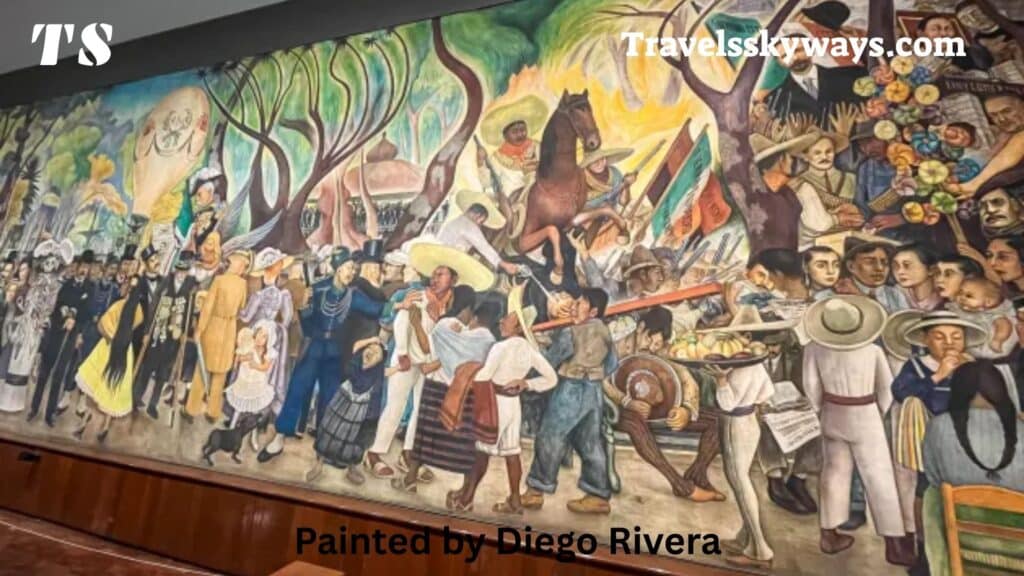
Tenochtitlan is known to have been built by the Aztecs in the year 1325 and long before CDMX existed. It flourished in the age of the Aztec Empire until the Spanish conquest in 1521.
The Spanish tentacles left behind a rather conflicting imprint-starkly defined by alien cathedrals, plazas, and colonial architecture lacing the landscape. Over centuries, it evolved through independence and revolutions and grew to stand as the heart of Latin America.
You will recognize that walking through the city hardly preserves history within museums; it’s on the cobblestones, in a mariachi’s song, and fractured across layers of murals painted by Diego Rivera.
This travel guide to CDMX is a journey to all that-and not as some distant observer, but truly as a person who walks the streets, tastes its flavors, and listens to its stories.
Historical Eras in One Street
| Time Period | Key Landmark | What You Observe |
| Aztec Era | Templo Mayor | Ancient stone foundations |
| Colonial Era | Catedral Metropolitana | Baroque towers and carved facades |
| Modern Era | Biblioteca Vasconcelos | Glass, steel, and open design juxtaposed |
Cultural and Historical Insights: Understanding Mexico City’s Soul
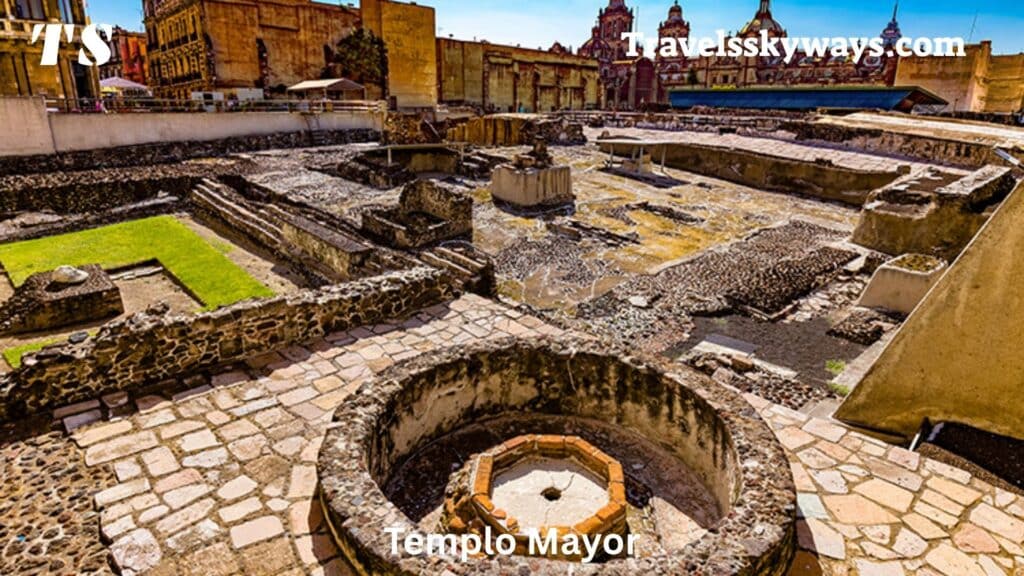
To know Mexico City truly, one needs to get under the skin-culturally, politically, and ritually. The temporal convergences and cultural intersections reveal layers that internationally imbue Mexico City (CDMX) with its identity:
- Walk among the ruins of Templo Mayor – Take a leisurely walk in the ruins of Templo Mayor, which lie alongside the colonial cathedral, into the spiritual and political soul of the Aztec Empire.
- Explore the National Museum of Anthropology – Enter into or have an experience at the National Museum of Anthropology and feast on its world-class Mesoamerican treasures, such as the very Aztec Sun Stone.
- Admire Diego Rivera’s murals –Social and political history is told from the works in the realm of Diego Rivera, the buildings that constitute the National Palace, and then the wonderful halls of the Secretaría de Educación Pública.
- Visit the Frida Kahlo Museum (Casa Azul) – When greeting pain, pride, and passion, one enters the home of Frida Kahlo, Mexico’s most renowned artist. A palace once home to kings and presidents, it experiences much history alongside the metropolitan views it offers.
- Stroll through Plaza de las Tres Culturas – A metaphorical area where modern Mexico, Spanish colonial, and Aztec come together physically and historically.
- Attend a traditional performance at Palacio de Bellas Artes – Attend a traditional performance at the Palacio de Bellas Artes— See ballet folklórico or an opera under a Tiffany glass curtain in this architectural marvel.
- Climb to Chapultepec Castle – Originally home to kings and presidents, it provides panoramic vistas of the city as well as historical understanding.
- Experience Day of the Dead traditions – If you are traveling sometime from late October up to the early days of November, notice how CDMX commemorates the dead with marigolds, with marches, and with memorial services.
- Wander through La Ciudadela Market – Discover La Ciudadela Market and get handcrafted items and authentic textiles reflecting the great regional variety of Mexico.
- Watch a Lucha Libre match – This intense wrestling event is modern Mexican mythology in action, not just amusement.
Centro Histórico & Surroundings

Centro Histórico: Where Our Story Begins
CDMX really blooms at the Centro Histórico. Here, on UNESCO-protected stone streets, ancient and contemporary live side by side.
With squares like the Zócalo vibrating with local activity, this district is at the center of the spirit of the city. Early in the morning, inhabitants create markets next to centuries-old churches—a dance between modern and historical.
Attractions Located in Centro Histórico
Every stride brings you here nearer to layers of time. Passing the archaeological remains of Templo Mayor, you are feeling the carved stones and scanning up at the baroque Catedral Metropolitana.
Biblioteca Vasconcelos brings contemporary design to the plaza across centuries in one metropolitan block.
La Casa de los Azulejos (House of Tiles)
This construction is more than merely architecture; it is a living and breathing canvas. Stained glass batons illuminate the lighted hall, and murals narrate the Mexican history from the pre-Hispanic to the modern.
A folklore performance inside is like stepping into the paint of mood and melody, with movement telling stories older than this city itself.
Palacio de Bellas Artes: Our Cultural Crown Jewel
More than construction, this is a living canvas. Stained glass batons enlighten the lobby; murals trace Mexico from pre-Hispanic to modern times.
A folk music performance inside feels like entering a painting, where song and motion narrate legends older than the city itself.
Parks & Outdoor Spaces
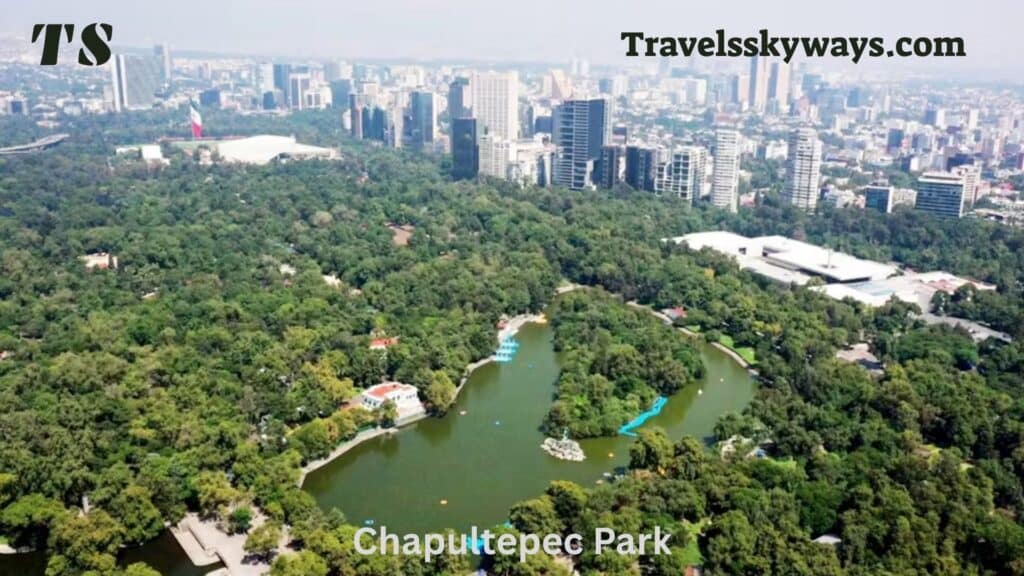
Chapultepec Park: Our Green Refuge
Like a life-saving cover, Chapultepec Park opens. The Museo de Arte Moderno, gardens, the Chapultepec Castle, and lakes abound here.
Families arrange picnics; runners loop paths; artists draw beneath shade. The city’s breath—fresh and welcoming.
Parque Masayoshi Ohira
Calm and personal, this Japanese-style garden in Coyoacán is set in a back corner. Paths wind quietly, cherry blooms erupt in spring, and koi gleam in ponds. Perfect if you long for tranquility, it provides a mild contrast to the activity of the city.
Choose Los Dinamos Over Chapultepec Zoo
Go to Los Dinamos if you seek mountain air. Water runs across gorges; steep pathways ascend; pine scent floats on the wind.
Imagine paths, waterfalls, and rock shapes. It seems ferocious, alive, and utterly distant from the concrete.
Best Museums in Mexico City for Art & History Lovers
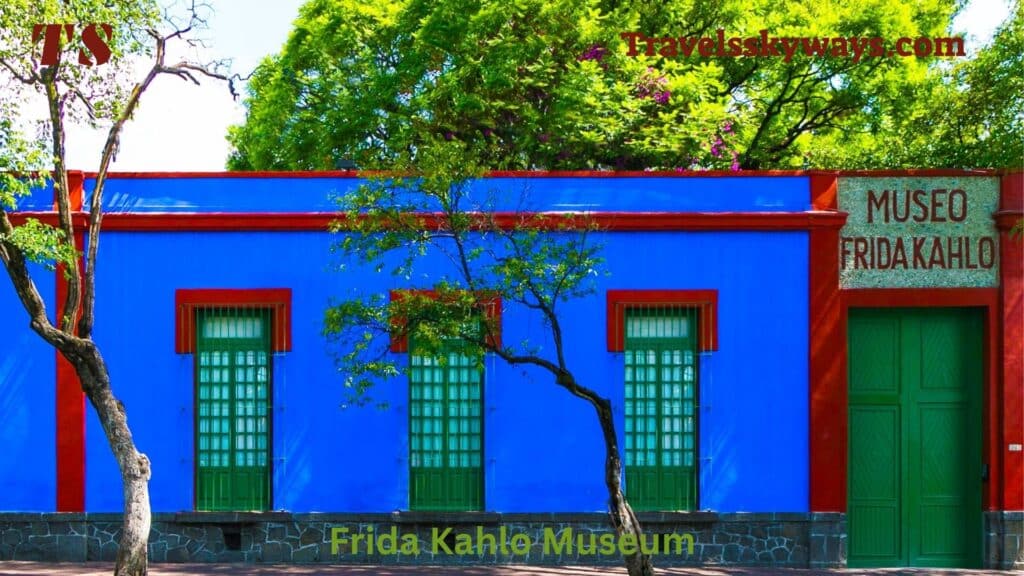
Frida Kahlo Museum: La Casa Azul
Frida’s home is cobalt blue. The furnishings, paintings, and personal effects are within. You feel her suffering, her hue, her tenacity. It is intimate, powerful, and memorable.
Museo Soumaya and Museo Jumex: Contemporary Contrasts
Soumaya gleams with curves and bronze. European masters engage in conversation with contemporary architecture inside. Jump to Jumex: usually astonishing, small yet striking. Both free, but worlds apart in Polanco.
Museo de Arte Moderno: Mexican Contemporary Art
Located in Chapultepec, this exhibition presents Rivera, Orozco, and Siqueiros. Inside, painters meet contemporary artists. Out among the trees, statues emerge. It’s a peaceful fusion of art and environment.
Diego Rivera Murals at Palacio Nacional
Sweeping panels from Rivera depict Mexican identity across centuries in pictures. The paintings track conquest, revolution, and fortitude. History spread across walls at eye level is huge, vibrant, and dynamic.
Museo del Juguete Antiguo México (Old Toy Museum)
Every nook is covered in rows of ancient toys ranging from tin cars to hand-painted dolls. Plastic and memories combine. It’s weird, upbeat, and surprising. Particularly enjoyable if you brought a child or still harbor a childlike attitude.
Food & Dining
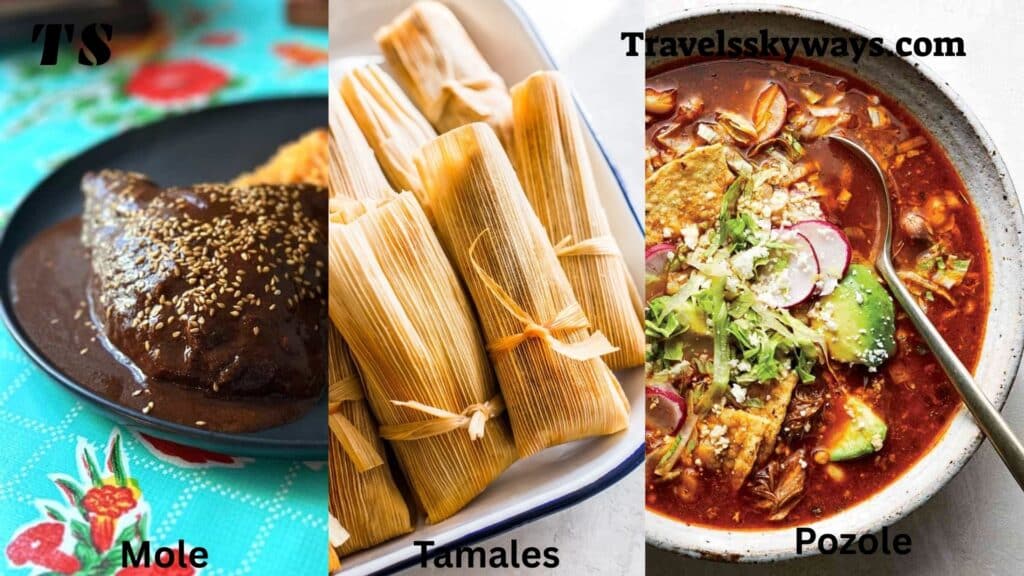
Authentic Eats That Define Mexico City
Odors tell the story as one walks through CDMX. Savory steam rises from taco joints in CDMX. Moles, pozole, and tamales are rooted in customs. It’s food as warm, spicy living memory.
The Al Pastor Taco Revolution
Vertical spit here spins pork layered with pineapple and spices. Under cilantro and onions, thin corn tortillas hug every slice. In a bite that echoes cultures, the crisp pineapple pairs with savory pork, balanced with salsa.
Mexico City’s Ultimate Taco Experience – Your Way
Each street corner turns your kitchen as you choose the taco type—carnitas, suadero, tacos de canasta. It’s a flavor pick-your-own adventure. Your recollection, your pace, your taste.
Essential Street Food Experiences
Morning could feature tlacoyos simmering on griddles; evening may include esquites flavored with lime and chilies. Your cue is to observe the locals line up. Your step-by-step taste map directs you around the most authentic flavors of the city.
Mercado de San Juan: Culinary Adventure Central
Local, exotic, gourmet—this market unites them. Grasshoppers dry near foreign cheese. Shark’s fin pairs with handcrafted chocolate. For the inquisitive eater, it teases and stimulates.
Traditional Dishes That Tell Our Story
Every mouthful of chiles en nogada or tamales reflects a place, a season, a celebration. These dishes become stories on your tongue somewhere between sweet and hot.
Fine Dining
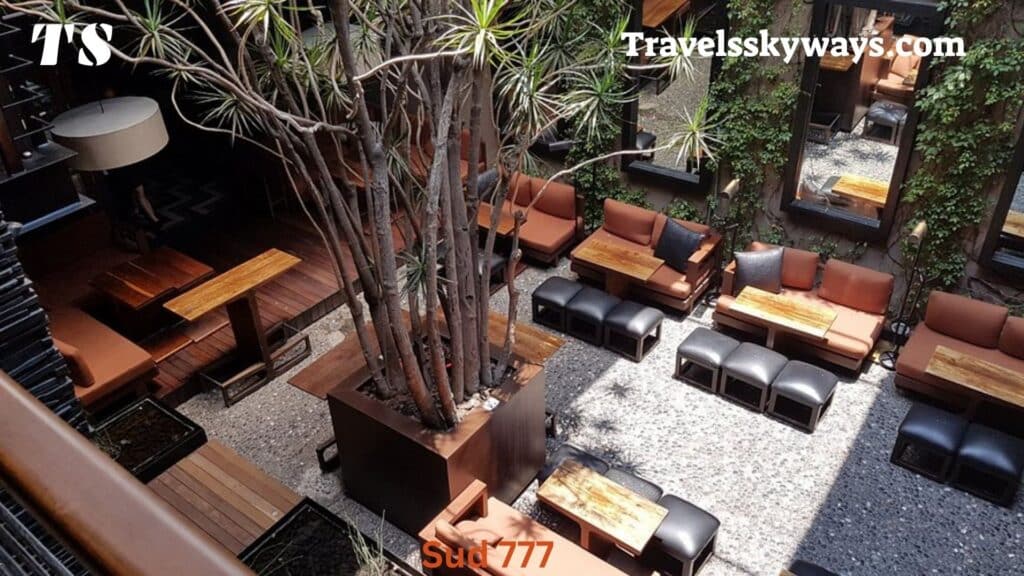
Michelin-starred tables include Sud 777, Pujol, and Quintonil start a fresh chapter in gastronomy. Carefully arranged before you, you will taste elevation—the earth, the customs, the future.
High‑End Mexican Restaurants Locals Love
Seafood and fresh lime shimmer in Contramar. Máximo Bistrot combines Mexican heart with French method. Nicos is rooted, classic, and remarkable still. Having a meal here looks to be a joyful event.
Mexico City Is A Food Lover’s Paradise
From small shops to haute cuisine, CDMX sharpens your soul, your desire, your curiosity. The city hangs with you after you have eaten here. Always.
Budget Comparison – Average Daily Costs (USD)
| Category | Street Market | Mid-Range Restaurant | Fine Dining |
| Meal Cost | $3–$7 | $15–$35 | $70+ |
| Estimated Daily | $20–$40 | $50–$100 | $120+ |
FAQs
What’s the best time to visit Mexico City for mild weather?
March to May and September to November are shoulder seasons, which have fewer people and reasonable temperatures. Summer afternoon rains usually come, so schedule outdoor activities in the morning.
Is Uber safe and reliable in CDMX?
In Mexico City, Uber and other ride apps perform admirably. Particularly at night or in foreign areas, they are usually safe, simple to use, and more practical than bargaining with street taxis.
Can I drink tap water in Mexico City?
Steer clear of tap water. Purchase filtered or bottled water instead. Many of the residents also use home filters. Bring a reusable bottle and replenish whenever you can.
Are credit cards widely accepted?
Most restaurants, hotels, and bigger shops accept credit cards. Carry cash—pesos—for street cuisine, Coyoacán Market, and local companies rejecting plastic.
Do I need Spanish to get around?
Though fluency is unnecessary, a few expressions like “gracias,” “cuánto cuesta,” and “dónde está help. The Mexicans in Mexico City exhibit sympathy. A smile and a “por favor” get you a long way.
Final Thoughts
This Mexico City Travel Guide challenges you not only to see CDMX travel in its whole but also to live, taste, and feel it. From the smell of taco stores in CDMX to the hushed Aztec ruins, from peaceful gardens to vivid street markets, the city reveals layers. May your trips be full of unlimited compassion, great flavor, and adventurous experiences.

Travels skyways helps you plan your perfect journey with expert tips, destination guides, travel hacks, and budget advice. Whether it’s a quick getaway or a dream vacation, we’re here to guide your adventure from start to finish.

